
[caption id="EurekaQueenLuciaInvadesTillingonSea_img1" align="aligncenter" width="702"]
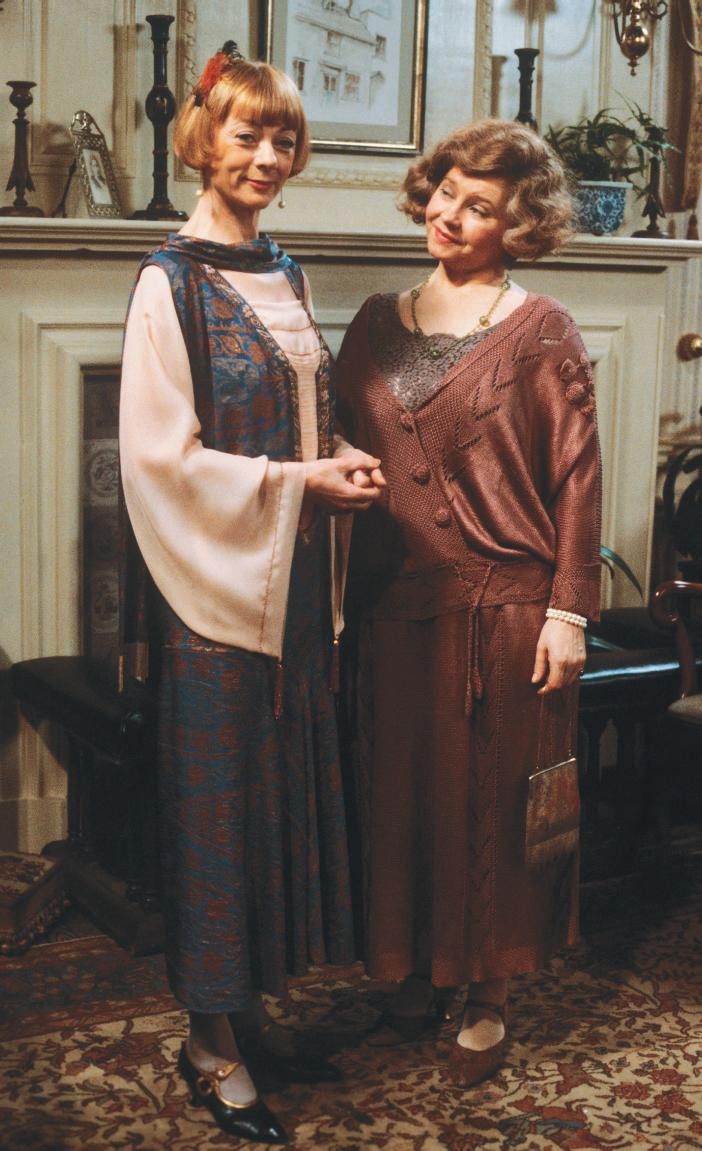
COURTESY OF ACORN MEDIA
WHEN THE ELEGANT Lucia (Gerald McEwan) settles in the seaside village of Tilling-on-Sea, she tramples on the turf of resident queen bee Elizabeth Mapp (Prunella Scales). The predictable result is war for social supremacy, fought with such unconventional weaponry as musical soirees, dinner parties and a lobster recipe. Let the 1920s roar on!
Based upon the popular series of “Lucia” novels by prolific, early 20th-century writer E.F. Benson, Mapp & Lucia is social satire at its best—drawing hints from Keeping Up Appearances, To the Manor Born and The Darling Buds of May.
Comfortably familiar to most readers, Geraldine McEwan and Prunella Scales are both deliciously funny with their claws out. The inimitable Nigel Hawthorne is perfectly cast as the effete, insecure Georgie Pillson, confidente (and lap dog) of Lucia. A delightfully eclectic (not to say eccentric) ensemble cast of village folk includes androgynous “Quaint Irene,” the aptly named Major Flint (rarely seen without a glass of whisky in his hand), and such.
This would be a fun series to watch just for its visual kaleidoscope alone. The sets and costumes are dazzling, and dripping with period elegance. And many folk will recognize picturesque Rye as the setting for fictional Tilling.
The Acorn 4-disc boxed set includes all 10 episodes made over two seasons in the mid-1980s. They are as clean and fresh today as ever. Probably the most unfortunate element of this series is its name. Alas, Mapp & Lucia sounds too much like Cagney & Lacey or any of a dozen cop partnerships. It hardly suggests a 1920s social comedy set in a seaside village. Be not deceived, however, Mapp & Lucia hits all the buttons for British Heritage readers. This is our kind of British entertainment, and at its very best.
DVD
[caption id="EurekaQueenLuciaInvadesTillingonSea_img2" align="alignright" width="102"]
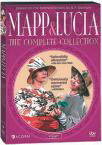
Mapp & Lucia: The Complete Collection, starring Geraldine McEwan, Prunella Scales and Nigel Hawthorne, 4-disc boxed set, Acorn Media, Silver Spring, Md., 10 episodes, approx. 502 minutes, $59.99
BOOK
The Tudors: The History of England from Henry VIII to Elizabeth I, by Peter Ackroyd, St. Martin’s Press, New York, 507 pages, hardcover, $29.99.
ROMANCE, INTRIGUE, TREACHERY and war: for hardcore swashbuckling it’s hard to beat the Tudors. The sequel to Peter Ackroyd’s Foundation (British Heritage, March 2013, p. 60) proves that when it comes to popular history Ackroyd is hard to beat. The tale of England’s traumatic 16th century under the reign of Henry VIII and his children has been told many times, but never any better than in this readable account.
Writing narrative history is always a matter of choices: what to include, and what not to. Side roads lay everywhere and details are unending. From Henry VIII’s accession as a teenager in 1509 through the century to the death of his daughter Elizabeth I in 1603, England had an eventful century to say the least—ultimately embracing both the Renaissance and the Reformation. Putting the entire story into a 470-page narrative is no small feat.
Ackroyd’s veteran style focuses the narrative lens at just the right level. This is a quick-moving tale that doesn’t get bogged down along the way with extraneous characters and distracting trivia. At the same time, Tudors is clearly a political history, decorated with few trappings of 16th-century life. One marked strength of Ackroyd’s telling lies in his revelation of character—in particular, the characters of Henry VIII, young boy King Edward VI, Mary and finally the complex and enigmatic Elizabeth. After all, understanding the motivations of the monarch goes a long way toward understanding perhaps especially that turbulent Age.
[caption id="EurekaQueenLuciaInvadesTillingonSea_img3" align="alignleft" width="189"]
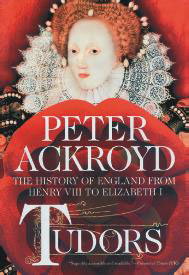
There’s more to come of Peter Ackroyd’s history of England, with the conclusion of Tudors hinting: “The end of the second volume.” If the next chapter of his saga lives up to the first two installments, we’re in for another treat.
BOOK
The D-Day Atlas: Anatomy of the Normandy Campaign, by Charles Messenger, Thames & Hudson, New York, 176 pages, softcover, $24.95.
THE VOLUMES ABOUT D-DAY and its aftermath would fill a bookcase. There are an almost limitless number of stories to tell of the campaign that determined the outcome of World War II. For a clear, not overly detailed account of the preparations in Britain throughout 1943, the staging of the D-Day invasion itself and the months of close combat that followed in Normandy, this book is hard to beat.
[caption id="EurekaQueenLuciaInvadesTillingonSea_img4" align="alignright" width="892"]
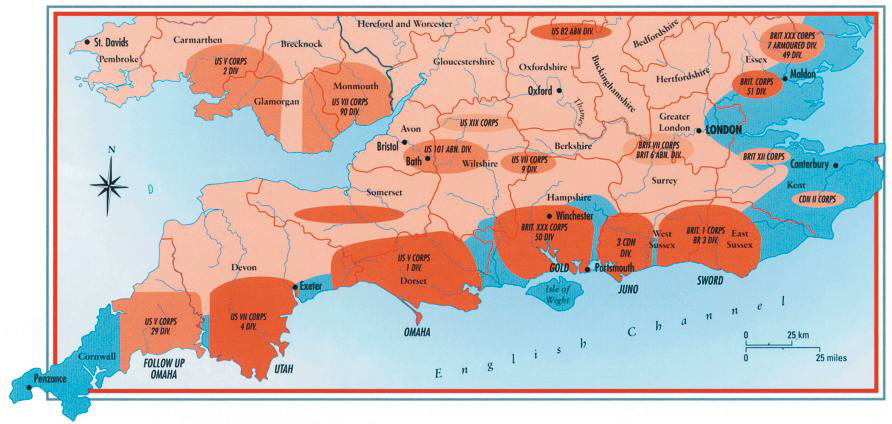
Military historian and defense analyst Charles Messenger has written more than 40 books, many studies of World War II. Here, he focuses on the key battle in the long-planned Allied invasion of Hitler’s Fortress Europe. Messenger begins with the evolution of the invasion plan and gives a day-by-day account of the air and sea landings and that grueling six-week battle to break German defenses in Normandy.
[caption id="EurekaQueenLuciaInvadesTillingonSea_img5" align="aligncenter" width="185"]
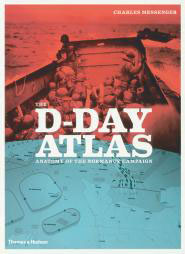
The book’s highlight is its 178 illustrations, including a superb collection of 71 color maps that detail the flow of men and material on both sides of the battle. Messenger also includes the organization of the French Resistance in northern and western France.
BOOK
An Exuberant Catalogue of Dreams: The Americans Who Revived the Country House in Britain, by Clive Aslet, Aurum Press, London, 208 pages, hardcover, $60.
SOMEHOW DOWNTON ABBEY continues to capture our interest, even fascination. Writer Julian Fellows manages the extraordinarily difficult task of making us care about a wide variety of individuals, but it is the house itself that is the overarching story—and the demise of the way of life Downton Abbey and its residents, upstairs and downstairs, represents.
Though a shift in Britain’s wealth to manufacturing had already begun spelling doom for the huge landed estates of the old aristocracy, World War I (the Great War) and the confiscatory policies of succeeding Labour Governments put the proverbial nail in the coffin to literally hundreds of Downton Abbeys and their families. At Downton, the financial crisis that never goes away for Lord Grantham and has hovered over the estate and the story from the beginning was forestalled by his own marriage. Cora, Lady Grantham, was an American “socialite,” who brought with her to Downton and to Lord Grantham a vast American fortune that propped up the enterprise and maintained the stately home for a generation.
From the late 19th-century until the 1920s, it happened again and again. Vast quantities of capital went to Britain with wealthy American heiresses, and with magnates like William Randolph Hearst and William Waldorf Astor. The eligible heiresses married into relatively impoverished titled families and brought their cash. The Yankee millionaires bought up historic houses like Clivedon, Leeds Castle and St. Donat’s. In many cases, not only did this American wealth save these homes from ultimate dereliction, but it brought such modern facilities and electricity and proper indoor plumbing.
[caption id="EurekaQueenLuciaInvadesTillingonSea_img6" align="aligncenter" width="214"]
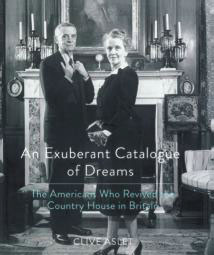
An Exuberant Catalogue of Dreams is the story of the real Downton Abbeys. From Sussex to Sutherland, American fortunes were salvation for many of the great country houses and gardens that now receive thousands of visitors each year: Floors Castle, Hidcote Manor, Skibo Castle, Blenheim Palace, Hever Castle and more. Some two dozen great country houses were rescued by American money. Architectural historian Clive Aslet, former editor of Country Life unpacks their stories with enthusiasm and a broad knowledge of both the country house and its way of life.
These are well-written, fun stories to read: How a new American meritocracy enabled ambitious men to build lavish fortunes, only to have them or their heirs decamp back to Great Britain and invest their way into the English social system. Many of the names are familiar ones: J.Paul Getty, the Astors, Andrew Carnegie, the Vanderbilts and Gordon Selfridge. One way or another, these days most of their English homes, like Highclere Castle, the real-life setting of Downton Abbey, receive paying visitors to help fund the upkeep of these beautiful, historic albatrosses. Ironically enough, of course, many of those paying visitors are Americans.





Comments